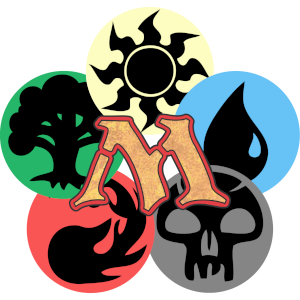Introduction
Magic: The Gathering is a game of endless possibilities, where players can craft decks in various formats to suit their playstyle. One of the most beloved and distinctive formats within the Magic universe is Elder Dragon Highlander (EDH), more commonly known as Commander. In this blog post, we’ll delve into the intriguing realm of Commanders, exploring what Commanders are, how they operate, and why they hold a special place in the hearts of Magic players.
What Is Commander (EDH)?
Commander, also known as Elder Dragon Highlander (EDH), is a unique and social multiplayer format in Magic: The Gathering. What sets it apart from other formats is the pivotal role of a legendary creature card called the “Commander.” Here’s a breakdown of what Commander is all about:
1. The Commander
At the heart of every Commander deck is a legendary creature designated as the Commander. This card defines the colors of your deck and serves as its leader. The Commander is cast directly from the Command Zone, and its unique abilities often shape the strategy and identity of your deck.
2. Singleton Deck Building
In Commander, decks are constructed with a strict “singleton” rule, meaning you can have only one copy of each card (except basic lands). This encourages diversity and ensures that every game offers a fresh and unpredictable experience.
3. Color Identity
The color identity of your Commander determines which colors of mana you can use in your deck. All cards in your deck, including lands, must match or be within the color identity of your Commander. This rule promotes deck-building creativity while ensuring a coherent color theme.
4. The Command Zone
The Commander card starts the game in the Command Zone, separate from your library or hand. You can cast your Commander from the Command Zone, but each time it returns there, it incurs a Commander Tax, making it progressively more expensive to recast.
Why Play Commander?
Commander has captured the hearts of Magic players for several compelling reasons:
1. Unique Gameplay
Commander offers a unique and often chaotic gameplay experience due to the singleton rule and the central role of the Commander. Every game unfolds differently, and unexpected interactions abound.
2. Social Interaction
This multiplayer format thrives on social interaction, encouraging diplomacy, alliances, and deal-making among players. The free-for-all nature of Commander fosters camaraderie and memorable moments.
3. Creative Deck Building
Building a Commander deck allows for endless creativity. Players can explore niche strategies, experiment with thematic decks, and showcase their favorite legendary creatures as Commanders.
4. Variety of Playstyles
With thousands of possible Commanders to choose from, Commander accommodates a wide range of playstyles, whether you prefer aggressive combat, intricate combo strategies, or controlling the game’s tempo.
5. Strong Community
The Commander community is vibrant and passionate, with dedicated players sharing deck ideas, strategies, and memorable game experiences.
Conclusion
Commander, or Elder Dragon Highlander (EDH), is not just a format; it’s an enchanting journey through the realms of Magic: The Gathering. With its iconic Commanders, singleton deck construction, and emphasis on social multiplayer gameplay, Commander stands as a testament to the diversity and enduring appeal of MTG. Whether you’re a seasoned Planeswalker or a newcomer to the game, Commander offers a captivating and welcoming entry point into a world of endless possibilities. So, choose your Commander, gather your friends, and embark on a legendary adventure in Magic’s most unique format!

Leave a Reply